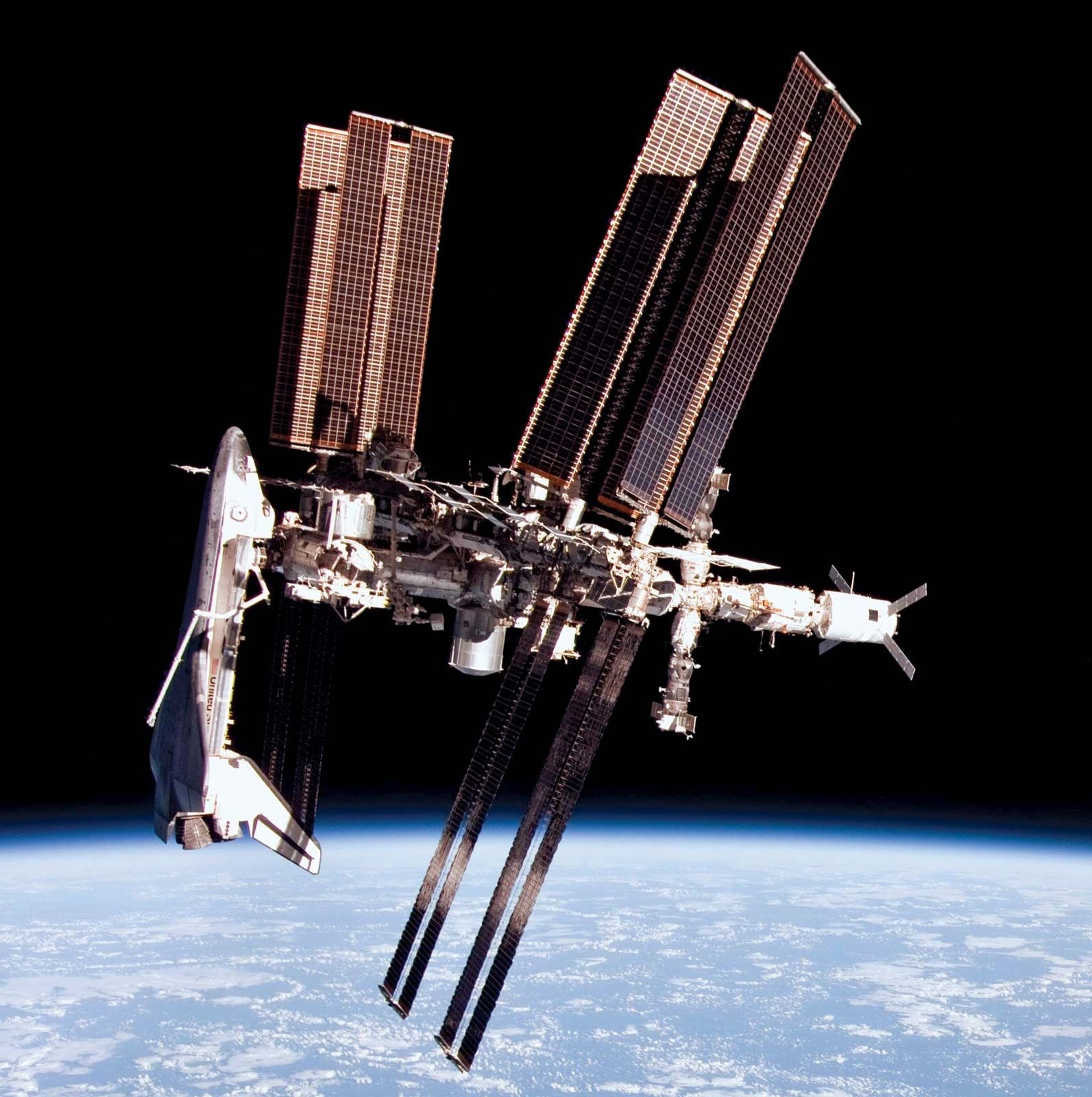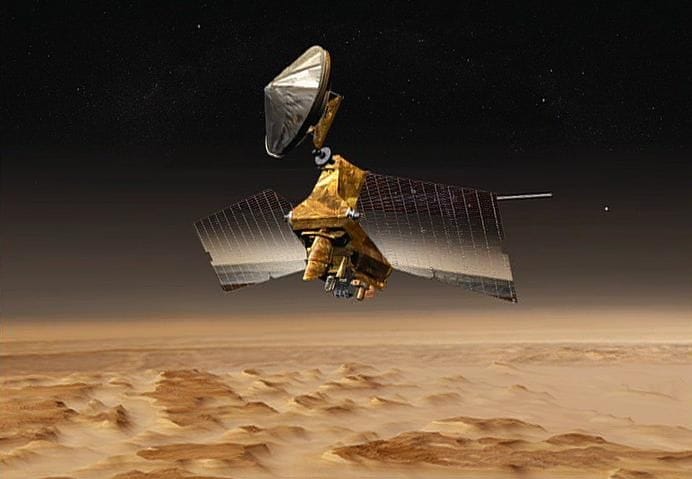The International Space Station (ISS) continues to be a focal point of space exploration and research, hosting scientific endeavors from astronauts and researchers around the world. However, recently, a new leak was detected on the ISS, adding to a series of challenges that the station has faced in recent years concerning its integrity and safety. While NASA has confirmed the existence of the leak, they have not provided comprehensive details about its nature or the potential implications for the crew and the ongoing missions aboard the station.
Leaks on the ISS have occurred in the past and can pose significant risks, particularly if they lead to a loss of pressure within the station. The ISS is a tightly sealed environment, where maintaining the right atmospheric conditions is crucial to the safety and comfort of the astronauts living and working in space. The most recent leak, detected during routine inspections, was not anticipated and comes after previous incidents that have already drawn attention to the maintenance of the spacecraft.
NASA’s transparent communications traditionally involve regular updates and information regarding the health of the ISS. This more subdued response, where only limited information is disclosed, has prompted concerns among the space community and the public. In light of the high-stakes environment that characterizes life aboard the ISS, any indication of structural issues is taken seriously, prompting engineers and mission controllers to promptly assess the situation.
At present, the agency is engaged in determining the location and severity of the leak. While they have assured that the crew is not in immediate danger, such scenarios typically require thorough investigation. This has led to speculation regarding the efficacy of the current engineering practices employed in maintaining the ISS, especially as it approaches the completion of its planned operational lifespan.
The ISS was launched in 1998 and has since hosted a multitude of missions that have expanded our understanding of fields ranging from biology and human biology to astrophysics and materials science. As construction and ongoing maintenance have become increasingly complex, aging components and systems present inherent challenges. The issue of wear and tear, especially in the context of a long-term mission that spans two decades, is naturally concerning. This brings to light the need for further investments in research and development to ensure the continued safety and functionality of the ISS.
The process for identifying and repairing leaks involves a systematic approach that incorporates advanced technology and methods adapted for space. NASA’s team of engineers typically engages in a detailed analysis, employing video and sensor data to locate the exact source of a leak. Once identified, they can determine whether it can be mitigated through temporary measures or if permanent repairs are necessary. It remains unclear at this juncture whether the current leak will require a spacewalk for repair, which necessitates careful planning and execution due to the complexities and risks involved in extravehicular activities.
Additionally, the presence of the leak raises critical questions about the long-term sustainability of human presence aboard the ISS. As NASA continues to transition its focus towards new missions, including plans to return astronauts to the Moon and eventual crewed missions to Mars, the maintenance and utilization of the ISS become ever more pressing. The agency’s recent commitment to extend the ISS’s operational capabilities through 2030 suggests that proactive management of the station’s health will be paramount.
Researchers aboard the ISS have previously expressed concerns about the effects of microgravity on the human body and how environmental factors, such as air quality and pressure levels, directly impact their work and health. A leaking atmosphere introduces a variable that could hinder their research or prompt premature evacuations, which would interrupt crucial scientific investigations currently underway.
Despite the uncertainties surrounding the situation, the ISS continues to operate under the watchful eyes of mission control and the international community. Maintaining collaboration and communication among the partner nations is critical to ensure that operations aboard the ISS remain unaffected by isolated issues such as this leaky incident. As discussions about the future of space exploration evolve, the ISS is an integral pillar whose challenges and successes will influence subsequent missions and technologies developed to explore beyond our planet.
In summary, while NASA has confirmed a leak on the International Space Station, details remain scant. The agency is assessing the situation, ensuring there is no immediate threat to the onboard crew. As challenges arise in the ever-evolving realm of space exploration, timely communication and laser-focused strategies for mitigation and repair will be necessary to maintain the integrity and operational capabilities of the ISS and its vital research missions.
Going forward, it will be crucial for NASA to release transparent updates regarding the situation to ensure both public assurance and continued support for space exploration initiatives. The international space community remains watchful as this situation develops, recognizing the importance of the ISS in paving the way for future endeavors beyond Earth.
As the world collectively looks to the skies for the next steps in mankind’s journey into the cosmos, the events surrounding the ISS serve as a reminder of the complexities involved in maintaining human presence beyond our planet.
As engineers work diligently to assess and address the leak, the focus remains on ensuring safety while preserving the vast repertoire of scientific knowledge that the ISS continues to yield.


